Introduction to Crassula Pangolin
Meet the Crassula pangolin, an exotic succulent that captivates onlookers with its distinctive charm, much like the peculiar creature it’s named after—the pangolin. Known to aficionados by its intriguing moniker, the ‘Pangolin plant,’ this botanical gem stands out with its curved, scale-like leaves that intentionally mimic the appearance of its namesake. For those engrossed in the succulent world, the Crassula pangolin emerges as a refreshing twist on the common greenery, inspiring a narrative of both botanical curiosity and artistic display.
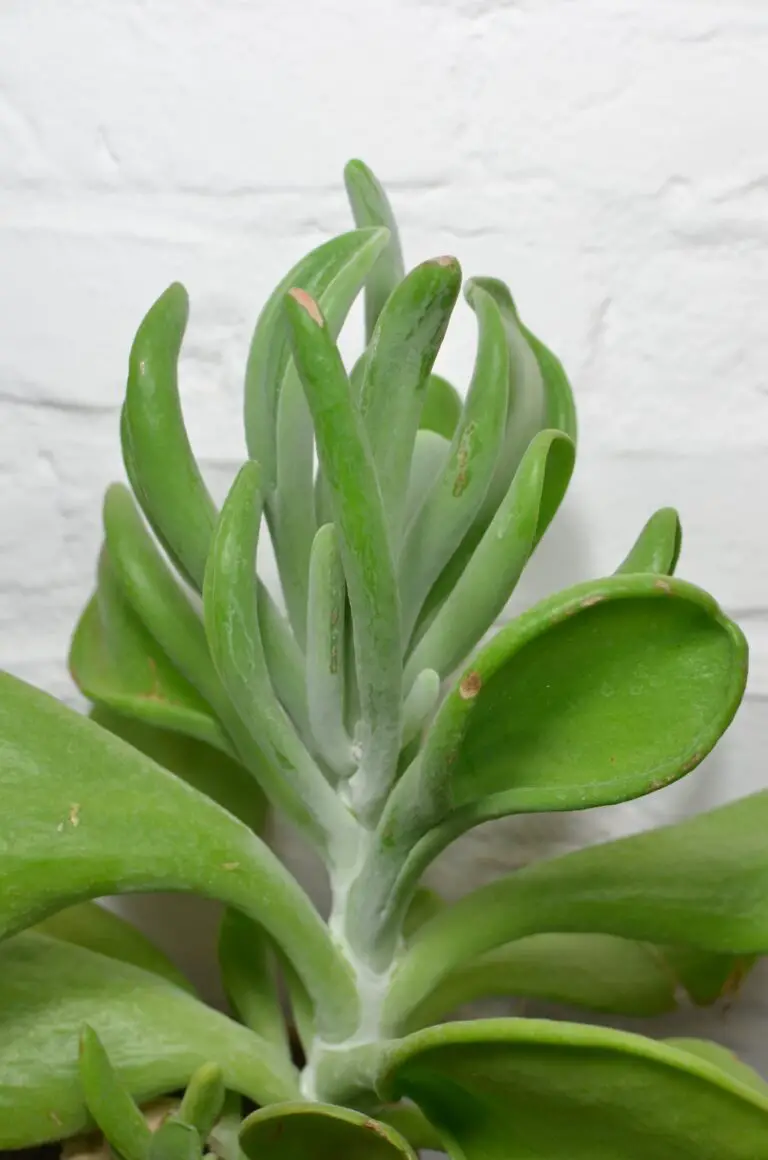
Hailing from the sunbathed cliffs of South Africa, Crassula finds its lineage among the Crassulaceae family, a clan renowned for its drought-tolerant properties. Each leaf folds over the next in a meticulous arrangement that seems almost alien, yet it’s this very peculiarity that makes the Crassula pangolin a sought-after piece among succulent connoisseurs.
While it’s easy to get lost in the alluring waves of its foliage, it’s the Crassula pangolin’s resilience and modest care requirements that truly win hearts. These succulents embody the essence of survival, much like the enigmatic pangolins that roam the wilds steadily, yet unobtrusively.
What truly sets the Crassula pangolin apart is its ability to adapt and thrive, even for those new to the succulent scene. Crafting its own patch of green even in the smallest of urban jungles, it speaks to the plant’s undemanding nature and the allure of having a piece of exotic wilderness within arm’s reach.
This introductory glimpse into the world of the Crassula pangolin sets the stage for a journey into the heart of succulent care, demystifying the art and science behind nurturing these fascinating plants. Sukkelen on, adventurers, as we peel back more layers of this botanical marvel.
Physical Characteristics of Crassula Pangolin
Delve into the fascinating world of the Crassula Pangolin, a succulent whose very essence captures the exotic allure of its namesake, the elusive pangolin. Imagine a plant so uniquely captivating, it mirrors the distinctive scales of the extraordinary pangolin. Artfully designed by nature, the Crassula Pangolin flaunts leaves that curve and overlap like the intricate armor of these mystical creatures.
The plump, triangular leaves of the Crassula Pangolin create a mesmerizing spiral arrangement that is both whimsical and statuesque. They are a deep jade in color, occasionally kissed with undertones of red when basking in the full glory of the sun. Imagine them as nature’s origami, folded meticulously into a three-dimensional masterpiece. This succulent grows in a compact, rosette pattern, rarely exceeding 15 to 20 centimeters in height, making it a perfect centerpiece that won’t outgrow its welcome in your home.
Interestingly, the Crassula Pangolin remains relatively petite, yet it stands as a resilient pillar in any succulent collection. Unlike some of its thirstier kin, it requires minimal water, basking in drought-like conditions, yet flourishing beautifully with the right touch. For those seeking the essence of minimalist beauty in a plant, the Crassula Pangolin embodies this ethos, asking only for an occasional sip to quench its thirst.
Flowering within this species is a rare spectacle, yet when it occurs, the thin stems bear clusters of tiny, star-shaped flowers in pristine white or pale pink hues. Picture a crown of delicate blooms that dance lightly above the robust foliage, a sweet contrast to the sculpture-like leaves beneath them. It’s a sight that echo’s nature’s capacity for dainty elegance atop strength and resilience.
For those enchanted by the Crassula Pangolin and seeking a deeper understanding of transforming their care routine into an art form, this guide offers indispensable insights. Like unraveling the threads of a rich tapestry, each component of care adds vibrance to the plant’s life. Master the symphony of light, water, and soil, and your Crassula Pangolin will not only survive but thrive, echoing the adaptive nature of the pangolin itself.
Ideal Growing Conditions for Crassula Pangolin
Stepping into the world of succulents introduces a myriad of unique species, but none quite as extraordinary as the Crassula Pangolin. Named after the armored mammal, its leaves mimic the scales of a pangolin, rolling into tight, tubular shapes. Cultivating the enigmatic Crassula Pangolin successfully hinges on replicating its ideal environmental comforts that it craves as a native of South Africa.
First on the agenda is the quintessential element of succulent care: light. The crassula pangolin thrives in the spotlight, basking in bright, indirect sunlight like a leafy celebrity. Imagine it lounging in dappled morning rays beneath a pergola or east-facing window. Direct afternoon sun can be harsh, like a critic’s review, potentially scorching its delicate foliage.
Moving onto temperature, this succulent prefers the warm embrace of a Mediterranean-like climate over an arctic tundra. Aim to keep your Crassula Pangolin in temperature ranges between 65°F to 75°F (18°C to 24°C) during the day. At night, they’re comfortable down to about 50°F (10°C), developing resilience much like a lead actor bracing for an outdoor scene in cooler weather.
When constructing the ideal soil set for your Crassula Pangolin, think of creating a red carpet that provides impeccable drainage. A mixture resembling the loamy soils of its homeland, combining cactus mix with added perlite or pumice, ensures the roots stay as dry as a witty comedian’s humor.
Providing the right care for this succulent delivers a performance that can be as show-stopping as that of exotic flora on the world stage. With our guidelines, your Crassula Pangolin will not only survive but thrive, adding a textual spectacle to any succulent collection!
Watering and Feeding Your Crassula Pangolin
Imagine your Crassula Pangolin as the ultimate hydration artist—thriving on just the right amount of water and nutrients. To keep your unique succulent in peak shape, it’s all about balance. Let’s get down to the crux of Crassula care, shall we?
Diving into Watering Rituals
The Crassula Pangolin prefers a ‘soak and dry’ method over a daily sprinkle. That means allowing the soil to completely dry out between waterings. Picture this: after a good drench, your parched Pangolin will store water in its leaves, much like a camel gearing up for a desert trek. This succulent is practiced in the art of drought survival, so a watering schedule every seven to ten days is typically sufficient. However, keep a watchful eye during hot spells or growth seasons when it might whisper for a drop more.
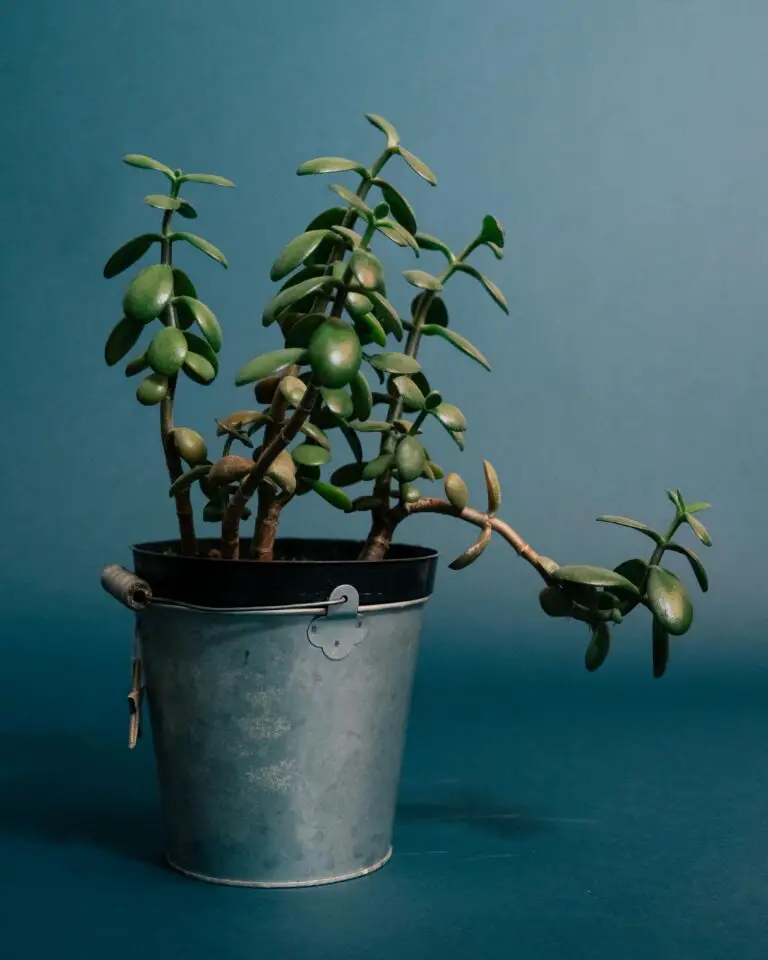
Nourishing with the Right Fertilizer
Speaking of nutrients, here’s the twist: your Crassula Pangolin is something of a light eater. Overfeeding could do more harm than good, leading to unnaturally fast growth that weakens the plant. Sprinkle a mild, balanced, liquid succulent fertilizer into the watering can during spring and summer—the crescendo of your plant’s growing symphony. Every two to three months should suffice; consider it the seasoning that brings out its best flavors without overpowering the dish.
Remember, watering and feeding are like a tango—it takes two to get it just right! Strike a harmonious chord between hydration and nutrition, and watch as your Crassula Pangolin flourishes, setting your indoor garden stage with its sculptural beauty.
Pruning and Maintenance Tips for the Enigmatic Crassula Pangolin
When it comes to sculpting the idiosyncratic curls of the Crassula Pangolin, a pair of deft hands and a dollop of patience go a long way. You might not be Edward Scissorhands, but that doesn’t mean you can’t master the art of pruning this unique succulent. The key is subtle snips rather than grand chops – think of it as a gentle haircut to help your plant buddy maintain its distinctive appearance without losing its character.
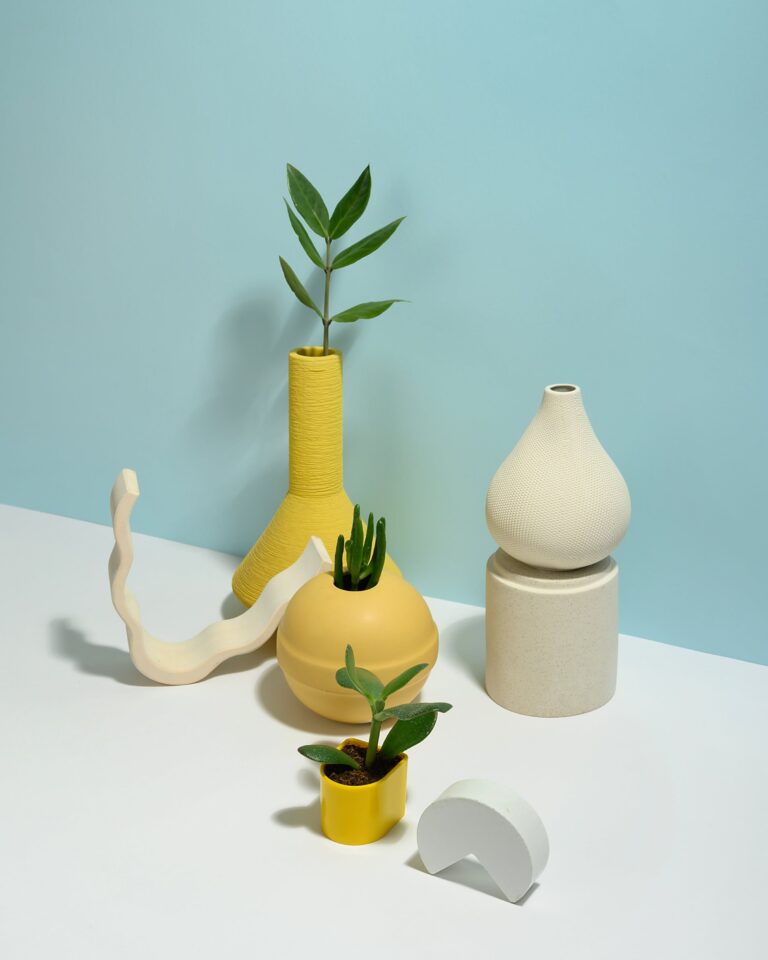
Regular grooming isn’t just about aesthetics; it keeps the plant healthy and prevents it from morphing into an unwieldy tangle. Just like you’d comb a shaggy dog, you need to untangle any overgrown leaves. This lets light and air reach every part of the plant, reducing the risk of fungal diseases that love to throw a party in cramped, damp conditions. And here’s a fun fact: the ‘haircuts’ you give your Crassula Pangolin can even be propagated to grow new plants!
Combatting Unwelcome Critters
Pests lurking around your succulent are like those annoying party crashers. Aphids, mealybugs, and spider mites are the usual suspects. So, how do you kick them out? Introduce natural predators like ladybugs into the mix or wipe down your plant with a soft cloth dipped in soapy water. For tougher infestations, neem oil is your secret weapon. Spray it on, and watch those pests pack their bags. Remember, vigilant inspections and prompt actions keep your succulent sanctuary safe.
Addressing Common Succulent Concerns
The Crassula Pangolin is not immune to the woes of succulent life. Overwatering is like giving a fish too much water – it doesn’t end well. Succulents crave a good drink but then prefer to dry out completely, getting parched enough to appreciate the next watering session fully. Root rot is the nightmare you want to avoid–it’s the boogeyman hiding in overly moist soil. So, make sure to feel the soil before quenching your plant’s thirst.
And when your Crassula Pangolin seems a bit ‘off,’ pay attention. Yellowing leaves can indicate overwatering, while shriveled leaves suggest a cry for hydration. Sunburn may occur if it’s basking a tad too long in the sizzling sun, so consider a sunscreen—in this case, some light shade—during the peak hours. With these tips in mind, you’re ready to ensure that your Crassula Pangolin not only survives but thrives, wearing its curls with pride and confidence.
Propagating Crassula Pangolin
The enigmatic Crassula Pangolin, with its distinctive curling leaves reminiscent of a pangolin’s armor, is a succulent aficionado’s dream. If you’re enamored by this extraordinary plant, you’ll be pleased to know that propagating it is almost as intriguing as the plant itself. Let’s dig into the propagation methods that can turn one Crassula Pangolin into a multitude of miniature marvels.
Leaf Cuttings: A Simple Slice of Success
Starting with the simplest method, leaf cuttings are your go-to for replicating Crassula Pangolin. It’s as straightforward as snipping a healthy, unblemished leaf from the mother plant. Lay the leaf on well-draining soil and let the magic happen. But remember the golden rule: patience is key! It might be weeks before you witness tiny roots peeking out, followed by minuscule baby plants. Keep the soil slightly moist and your anticipation high – you’re on the way to growing a new pangolin pack!
A real-life example that embodies the joy of leaf cuttings comes from Jane, a succulent enthusiast from San Diego. Jane describes the process as “witnessing a slow but rewarding transformation.” She suggests placing the cuttings on a windowsill with indirect sunlight and tenderly misting them. “It’s like nurturing a mini garden on your windowsill,” she explains with a smile.
Offsets: The Little Offsprings
Is your Crassula Pangolin feeling generous? Then it might surprise you with offsets, the charming little clones that emerge at its base. Detach these offsets gently using a clean, sharp knife, and let them callous over for a day or two to avoid any unwanted rot. Now, nestle them in their own pots with succulent soil mix and wait for their roots to take hold. With the right conditions, these little ones grow up fast, creating a tight-knit community of Crassula buddies.
Mark, a hobbyist from Portland, found that his offsets thrived when he provided a little extra warmth from a grow light. “Those offspring seemed to sprint to maturity under the grow light,” says Mark, whose indoor Crassula garden is now the talk of the town.
Tips for Triumph
Here are some parting nuggets of wisdom to ensure your propagation efforts flourish:
- Always use containers with drainage holes to prevent waterlogged soil.
- Prepare to experiment. Not all cuttings or offsets will take, and that’s part of the adventure.
- Monitor your baby plants for signs of stress and adjust their environment accordingly.
- Remember, propagating is as much an art as it is a science. Your personal touch makes all the difference!
Embedding this video will provide some visual guidance and reinforce the techniques covered above:
Whether you’re a seasoned gardener or a novice, propagating Crassula Pangolin invites you to partake in a natural art form. Armed with these methods, you too can expand your succulent sanctuary and maybe, just maybe, become the hero of your own plant propagation saga.
Designing with Crassula Pangolin
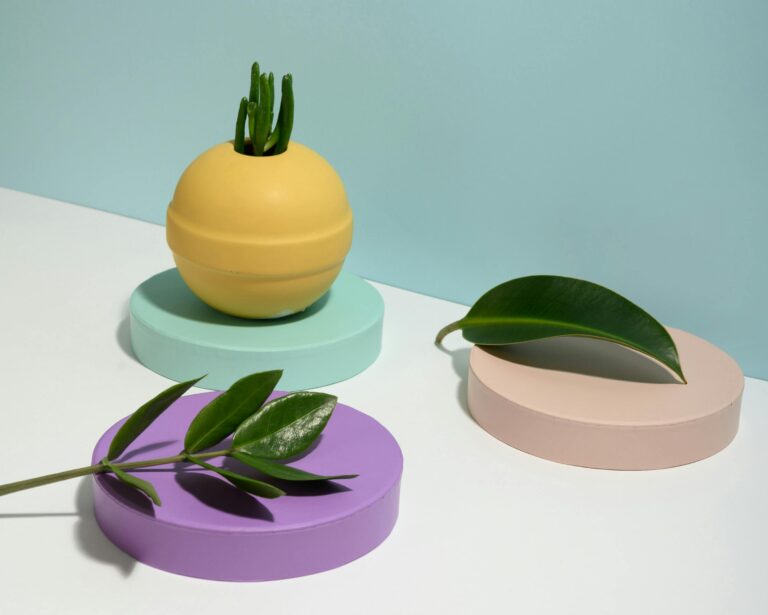
When it comes to creating an ambiance that’s both sophisticated and earthy, the Crassula Pangolin is a hidden gem among succulents. With its distinct leaves that curl into a tight rosette, this plant draws the eye and becomes a living sculpture. So, how can you wield the power of this succulent to transform your space? Roll up your sleeves; we’re diving into the art of decorating with Crassula Pangolin.
Indoor Sophistication
Imagine walking into a room bathed in soft, natural light. On a sleek console table, amidst minimalist accessories, stands a Crassula Pangolin. Its intriguing form paired with a simple yet elegant ceramic pot – perfection. To enhance its appeal, marry it with low-lying, spread-out plants like the seductive Silver Dollar vine, or a cluster of Moonstones that echo its geometry. Place it on a high shelf, allowing the leaves to cascade down like a green waterfall, catching every gaze.
Outdoor Harmony
Step outside, where the palette of your garden plays with the whims of the sky. Here, the Crassula Pangolin stands tall among soft ornamental grasses or nestled in a rockery, mirroring the natural rugged beauty. Picture it in a dedicated succulent garden as the centerpiece, surrounded by blooming Echeverias and fiery Kalanchoes, a symphony of textures and forms.
A Touch of Whimsy
Now, let’s add a twist: whimsical charm. Paired with fairy garden accessories or peeking out from a terracotta pot with playful, chubby Hylotelephiums (formerly Sedum), the Crassula Pangolin can bring a storybook fantasy to life. And there’s no rule that says it must be earthbound – hang it in glass globes from the ceiling for a floating botanical display that defies gravity and ignites imagination.
Design Tips for Every Space
For those with a penchant for design, note that the Crassula Pangolin’s green hue plays well with warm woods and neutral tones. Create a calming corner in your study or energize a lively living area. Combine it with other textured materials like wicker or macramé to celebrate its exotic look. And remember, lighting is key – beneath a spotlight, the shadows cast by its leaves can dance on your walls, providing an ever-changing décor.
Whether you place it alone as a statement piece or cluster several for dramatic effect, the Crassula Pangolin is versatile. It doesn’t shout for attention but certainly knows how to command a room. So go ahead, get creative and let this unique succulent infuse your space with its understated yet undeniable charm.
Common Challenges in Growing Crassula Pangolin
The Crassula Pangolin, with its unique spiraled leaves reminiscent of the armored creature it’s named after, is an enchanting addition to any succulent collection. However, even the hardiest of succulents can fall prey to horticultural maladies. Many gardeners encounter challenges such as root rot, overwatering, and insufficient lighting. Fret not, as we delve into these troubles, the green-thumbed among us can rest assured that solutions are within reach.
Root Rot: The Silent Killer
Imagine the sorrow when you discover your beloved Crassula Pangolin with its roots decaying in secrecy beneath the soil. This insidious problem often arises from a combination of overwatering and poor drainage. To avoid the despair of root rot, ensure your plant is in well-draining soil and in a pot with drainage holes. If you suspect root rot, act swiftly! Gently remove your plant from its pot, trim away the rotted roots, and repot in fresh soil.
Battling Overwatering
“Just a bit more water,” we often think, but for the Crassula Pangolin, too much love in the form of H2O can be detrimental. The telltale signs of overwatering include yellowing leaves and a general listlessness. To prevent waterlogged woes, water only when the soil is dry to the touch, and do so sparingly. Think of it as a succulent spa day—less is more when it comes to hydration.
The Quest for Adequate Light
Just as King Arthur sought the Holy Grail, your Crassula Pangolin’s quest for sufficient light is paramount. Insufficient light can lead to a host of issues, like etiolation, where the plant stretches out unnaturally, yearning for more sun. To help your plant thrive, place it in a location where it can bask in bright, indirect sunlight. If sunlight is scarce, consider supplementing with grow lights.
For a visual guide on nurturing your Crassula Pangolin, including tips on preventing these common issues, check out this informative video:
Embracing the challenges and being proactive in the care of your Crassula Pangolin can transform these hurdles into triumphs. By staying vigilant and informed, you ensure that your succulent’s unique beauty continues to captivate and inspire.
Protecting Crassula Pangolin
When it comes to sheltering Crassula Pangolin, one does not merely protect a plant; we preserve an enigma of nature. These unique succulent species carry a whimsical presence with their curled leaves reminiscent of a pangolin’s armor. But beneath this hardened exterior lies a vulnerability to the elements and tiny foes that can threaten their well-being.
Battling the Elements: A How-To on Weather Defense
Imagine your Crassula Pangolin peeping through the snow, not a sight you’d expect, right? Extreme weather, be it scorching sun or freezing temperatures, can be the bane of this succulent’s existence. To shield our spiral-friends through winter’s chill, consider a cozy indoor haven. Position them in a space that whispers warmth but avoids the dry, stale air of heaters. Think about a room with large windows that allow the weak winter sun to caress their leathery leaves. It’s a balancing act of maintaining cool, above-freezing conditions, without turning the place into a miniature desert.
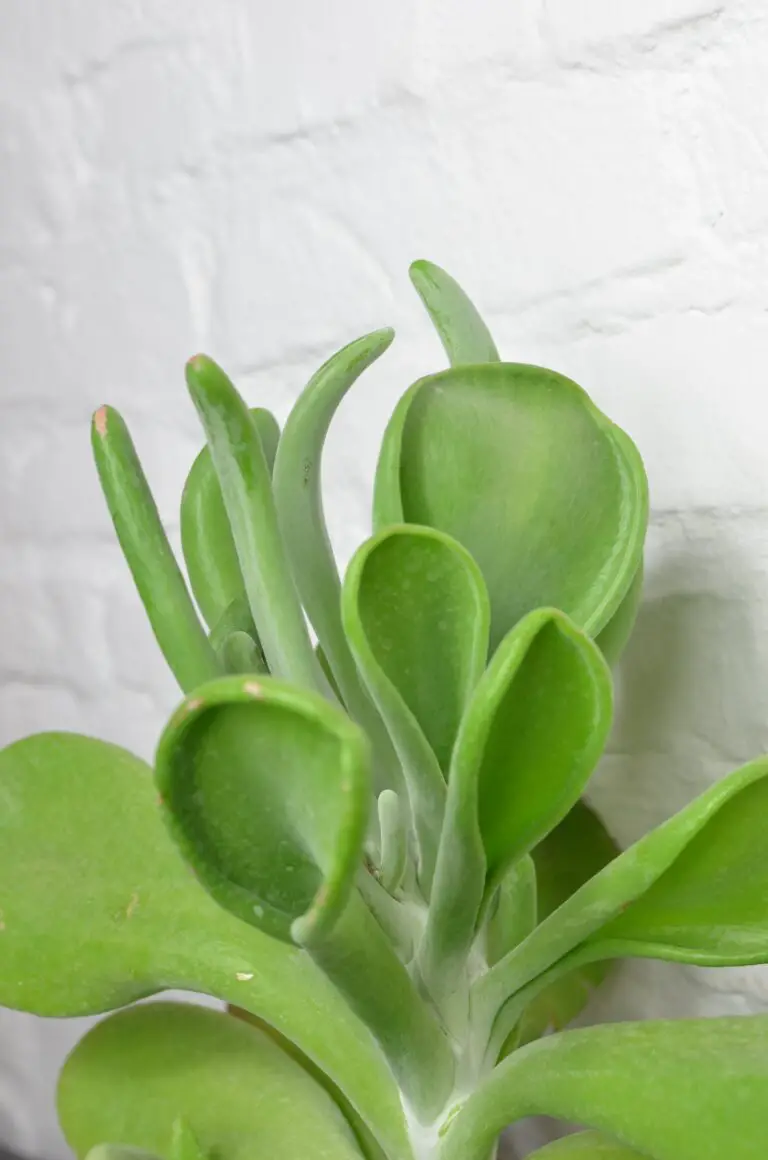
Confronting the Invisible Adversaries: Pests
Pests—they’re the ninjas of the plant world, striking when least expected and can be devastating to your Crassula Pangolin. Those mealybugs, spider mites, or even aphids attempt to feast on the sap of their thick leaves. The strategy? Vigilance and swift action. Regular inspections are like local neighborhood watches for your plant. Spot an uninvited guest? Isolate the affected plant, and treat with neem oil or a mild insecticidal soap solution. Don’t let these critters declare victory over your green treasure.
The bond between a Crassula Pangolin and its caregiver is sacred—a joint adventure in avoiding the doldrums of ‘less-than-ideal’. Every move to protect it from the harshness of reality paves the way for a thriving life full of twists and turns, just like its enchanting leaves. Each step we take to buffer it against life’s unpredictability helps to ensure the spiral legacy of the Crassula Pangolin lives on, inspiring awe in every twist and turn.
Frequently Asked Questions
Cultivating the elusive Crassula Pangolin generates a trove of queries from succulent aficionados. To quell your curiosity, we’ve cultivated a collection of common conundrums with answers that will ensure your Crassula Pangolin not only survives but thrives.
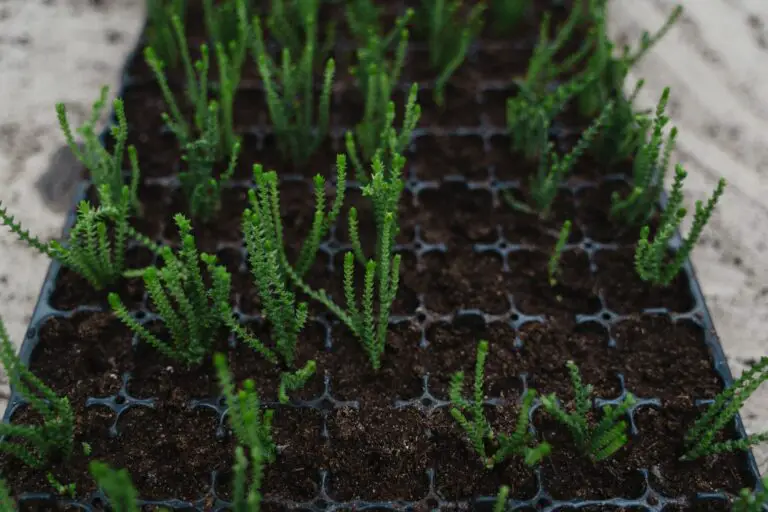
How often should I water Crassula Pangolin?
Watering can be quite the tightrope walk; too little and it pines, too much and it plummets. The Crassula Pangolin adores a good drink but despises soggy shoes. Here’s a real-life benchmark for you: allow the soil to become entirely arid between watering sessions. Usually, this equates to deeply watering every two to three weeks, echoing the parched periods of their native habitat.
Can Crassula Pangolin thrive in low light conditions?
Low light may evoke romantic ambience, but for Crassula Pangolin, it’s not quite the love language. It prefers the limelight, specifically bright, indirect sunlight. Picture a cozy corner near a sunny window where dappled rays can dance upon its leaves without a scorching embrace.
What are the signs of overwatering in Crassula Pangolin?
Overwatering is an insidious adversary for the Crassula Pangolin, besting even the most vigilant gardeners. Be on the lookout for yellowing leaves, a telltale sign of aquatic overindulgence. Additionally, stems may become squashy to the touch, akin to an overripe fruit, indicating internal turmoil. Catch these symptoms early, and you’ll rescue your succulent from a watery grave.



